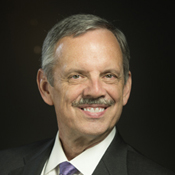Is it ever right to go to war? Dr. Lawrence Terlizzese provides understanding of just war tradition from a...
11 search results for: dr. lawrence terlizzese
Dr. Lawrence Terlizzese says that our addiction to technology is heading toward the opposite of the life we want....
Four Probe staffers answer the question, “What is apologetics?’ from their own experience and understanding. Apologetics is the defense...
Dr. Lawrence Terlizzese says that our obsession with perfection and improvement drives the human enhancement movement. But the key...
Dr. Lawrence Terlizzese examines social media’s massive communication shift, with insights for the church. What is Social Media? Any...
“Are the Old Testament Pseudepigrapha Writings Part of the Apocrypha? Why Aren’t They Scripture?”
I can’t find any solid information on the Old Testament Pseudepigrapha and why these books are not consider...
Dr. Lawrence Terlizzese answers a common question of a Christian view of politics and government: How would a biblical...
Dr. Lawrence Terlizzese uncovers a disturbing new view of technology: not as neutral, but a way of life that...
Dr. Lawrence Terlizzese examines a Christian view of martial arts in view of the Just War Tradition. When I...
This is a listing of the individuals who speak and write for Probe Ministries. Not all speakers are...







